- No products in the cart.
Terbinafine 250mg tabs 28 pcs Medisorb
$6.73
Terbinafine 250mg tabs 28 pcs Medisorb
Description
Composition
Active substance:
1 tablet contains: terbinafine hydrochloride (in terms of terbinafine) – 140.5 mg (125 mg) and 281.0 mg (250 mg) ;.
Excipients:
Lactose monohydrate (milk sugar) 43 mg or 86 mg; hydroxypropylcellulose 1.8 mg or 3.6 mg; potato starch 14.2 mg or 28.4 mg; croscarmellose sodium 4.2 mg or 8.4 mg; talc 4.2 mg or 8.4 mg; magnesium stearate 2.1 mg or 4.2 mg.
Description:
Tablets white or white color with a yellowish shade, ploskotsilindricheskoy form with facet and Valium.
Product form:
Tablets of 125 mg and 250 mg
At 7 or 10 tablets in blisters of PVC film and aluminum foil printed patent.
14, 28, 50 or 100 tablets per polymeric jars.
Each bank or 2, 4 contour of cellular packages of tablets or 7 2, 3, 5, 10 contour cell packs of 10 tablets together with instructions for use placed in a pile of cardboard boxed.
Contraindications
Increased sensitivity to terbinafine or to any other component of the drug; children up to three years, with a body weight less than 20 kg (no data on the application); severe, chronic or active liver disease; renal dysfunction (creatinine clearance less than 50 mL / min and concentration of serum creatinine 300 umol / L), because use of the drug in these patients are poorly understood; lactose intolerance, lactase deficiency and glucose-galactose malabsorption.
Carefully
If you have one of these diseases, before using the product, be sure to consult with your doctor.
In applying the drug to be careful in patients with impaired liver function.
Care must be taken when using the drug in patients with depression of bone marrow hematopoiesis, cutaneous lupus erythematosus or systemic lupus erythematosus.
The drug must be used with caution in patients with concomitant diseases such as psoriasis or lupus erythematosus due to possible aggravation of these diseases.
Dosage
250 mg
Indications
Mycoses caused by microorganisms sensitive to terbinafine – onychomycosis caused by dermatophytes; – fungal infections of the scalp; – fungal skin infections – treatment of dermatomycosis torso, legs, feet, and yeast infections of the skin caused by fungi of the genus Candida (e.g., Candida albicans) – in cases where the localization, the severity or incidence of infection it desirable oral therapy.
Interaction with other drugs
The plasma clearance of terbinafine may be accelerated under the influence of drugs – inducers metabolism, and suppressed under the influence of cytochrome P450 inhibitors. If necessary, the simultaneous application of the above preparations and terbinafine may require appropriate adjustment last dosing regimen.
Cimetidine may potentiate terbinafine or increase its concentration in plasma. Cimetidine reduces the clearance of terbinafine is 33%.
Fluconazole increases Cmax and AUC of terbinafine by 52% and 69%, respectively, due to inhibition of isozyme CYP2C9 and CYP3A4. Such an increase in exposure of terbinafine may occur when using other drugs that inhibit isozymes CYP2C9 and CYP3A4, such as ketoconazole and amiodarone.
Rifampicin may weaken the effect of terbinafine or reduce its concentration in plasma. Rifampicin increases the clearance of terbinafine is 100%.
Effect of terbinafine on other drugs
Terbinafine inhibits the metabolism mediated isoenzyme 2D6 (CYP2D6). These data may be clinically important for those drugs that are metabolized mainly by this enzyme: tricyclic antidepressants, beta-blockers, selective serotonin reuptake inhibitor, antiarrhythmic drugs (1A, 1B, and 1C class) and inhibitors of monoamine oxidase B type, – in that case, if the drug is used at the same time has a small range of therapeutic concentrations.
Terbinafine desipramine reduces clearance by 82%.
In studies in healthy volunteers with an active metabolism dekstrofetorfana (antitussive and CYP2D6 substrate), terbinafine increased metabolic rate dextromethorphan / dextrorphan in the urine 16-97 times. Thus terbinafine in individuals with high activity isoenzyme CYP2D6 activity can reduce the latter.
Terbinafine reduces caffeine clearance when administered intravenously in 19%.
Drug interactions, have no or insignificant effect
Terbinafine has little potential for suppressing or enhancing the clearance of most drugs that are metabolized by the participation of cytochrome P450 (e.g., terfenadine, triazolam, tolbutamide or oral contraceptives), except for those which are metabolized with CYP2D6.
Terbinafine does not influence the clearance of phenazone, or digoxin.
Terbinafine has no significant effect on the pharmacokinetics of fluconazole. There were no clinically significant interactions between terbinafine and components of co-trimoxazole (trimethoprim and sulfamethoxazole), zidovudine or theophylline.
At the same time taking terbinafine with oral contraceptives may be in breach of the menstrual cycle.
Terbinafine may reduce the concentration of blood serum or the severity of the clinical effects of these drugs
Terbinafine increases clearance of cyclosporine by 15%.
Interactions with food and drink
foods have little effect on the bioavailability of terbinafine (increase in AUC
Overdose
Symptoms: headache, nausea, epigastric pain and dizziness.
Recommended treatment in case of overdose includes measures for elimination of the drug primarily by activated charcoal and destination gastric lavage; if necessary symptomatic and supportive therapy.
pharmachologic effect
Pharmacological group:
Antifungal agent.
Pharmacodynamics:
Terbinafine is an allylamine, which has a broad spectrum of activity against fungi causing skin, hair and nail diseases, including dermatophytes (Trychophyton rubrum, Trychophyton mentagrophytes, Trychophyton verrucosum, Trychophyton violaceum, Trychophyton tonsurans, Microsporum canis, Epidermophyton floccosum), and as yeast genus Candida (e.g., C. albicans) and Pityrosporum. At low concentrations of terbinafine has fungicidal activity against dermatophytes, molds and certain dimorphic fungi. Activity against yeast fungi, depending on their type, may be a fungicidal or fungistatic.
Terbinafine inhibiting squalene epoxidase in the cell membrane of the fungus (not related to cytochrome P450), specifically inhibit the early stage of synthesis of sterols in fungal cell, resulting in ergosterol deficiency, intracellular accumulation of squalene and destruction of the fungus cells.
In the application of terbinafine into the skin, hair and nails are drug concentration providing fungicidal activity.
Pharmacokinetics:
After oral terbinafine is well absorbed (70%); terbinafine absolute bioavailability due to the effect of “first pass” is about 50%. After receiving a single oral dose of terbinafine 250 mg its maximum concentration is reached after 1.5 hours in plasma (Cmax) and is 1.3 .mu.g / ml. At constant reception terbinafine its Cmax increased on average by 25%, compared to a single dose; area under the curve “concentration-time» (AUC) increased by 2.3 times. Based on the increase AUC, can calculate the effective half-life (30 hours).
Ingestion moderately affect the bioavailability (AUC increases by less than 20%), and therefore does not require correction terbinafine dose while taking with food.
Terbinafine largely bound to plasma proteins (99%). It quickly penetrates the dermal layer of the skin, and concentrates in the lipophilic stratum corneum. Terbinafine also penetrates the sebum, which leads to the creation of high concentrations in hair follicles, hair and skin rich in sebaceous glands. It is also shown that terbinafine penetrates the nail plate within the first few weeks after initiation of therapy.
Terbinafine is metabolised rapidly and to a considerable extent with the participation of a minimum of seven cytochrome P450 isoenzymes, with the main role is played isoenzymes CYP2C9, CYP1A2, CYP3A4, CYP2C8 and CYP2C19. As a result of biotransformation of metabolites formed terbinafine not possessing antifungal activity and can be output primarily by the kidneys.
Repeated application of terbinafine, which leads to an increase in its serum levels, accompanied by three-phase derivation with a finite half-life of approximately 16.5 days.
Not indicate a change in the equilibrium plasma concentrations of terbinafine, depending on age.
The pharmacokinetic study of a single dose of terbinafine in patients with concomitant renal impairment (creatinine clearance
Pregnancy and breast-feeding
Clinical experience with terbinafine in pregnant women is limited, so that the drug should not be used during pregnancy unless the expected benefit to the mother by carrying out of therapy outweighs the potential risk to the fetus.
Terbinafine is excreted in breast milk, so the drug is contraindicated during breast-feeding.
Conditions of supply of pharmacies
Prescription.
side effects
Terbinafine is generally well tolerated. Side effects are usually mild or moderately expressed and are transient in nature. The frequency of side effects was evaluated as follows: very often (> 1/10); common (> 1/100,
special instructions
Irregular use or premature discontinuation of treatment increases the risk of disease recurrence.
Before the application of terbinafine tablets is necessary to analyze the function of the liver. Hepatotoxicity may occur in patients with previous liver disease, and without them. During therapy recommended periodic liver function tests (4-6 weeks after starting treatment). Treatment should be discontinued immediately in the event of increasing the activity of “liver” tests. Patients who prescribe the drug should be warned that you should immediately inform your doctor of the occurrence in patients receiving the drug symptoms such as persistent nausea, loss of appetite, fatigue, vomiting, pain in the right upper quadrant, jaundice, dark urine or light cal . In the case of these symptoms should stop taking the drug and conduct a study of liver function.
Serious skin reactions (including Stevens-Johnson syndrome, toxic epidermal necrolysis, drug rash with eosinophilia and systemic symptoms) is rarely observed during treatment with terbinafine.
In applying the drug in the tablets occurred extremely rare changes the cellular composition of blood (neutropenia, agranulocytosis, thrombocytopenia, pancytopenia). In the case of qualitative or quantitative changes in the blood cells it should establish the cause of disturbances and consider lowering the dose of the drug or, if necessary, on the termination of drug therapy.
Terbinafine inhibits metabolism mediated by the enzyme 2D6 (CYP2D6), so it is necessary to carry out continuous monitoring of patients receiving simultaneously with terbinafine treatment agents, mainly metabolized with this enzyme (such as tricyclic antidepressants, beta-blockers, selective serotonin reuptake inhibitor, antiarrhythmics class 1C and inhibitors of monoamine oxidase type B) if the drug is used at the same time has a small range therapist eskoy concentration.
Effects on ability to drive and operate machinery
Effect on ability to drive and operate machinery has not been studied. With the development of vertigo on the background of drug therapy, patients should not drive and / or operate machinery.
Storage conditions
In a dry, dark place at a temperature not higher than 25 C.
Keep out of the reach of children.
Dosing and Administration
The drug is taken orally, regardless of the meal, with a small amount of water. It is advisable to take the drug at the same time. The duration of treatment depends on the indication and the severity of the disease.
Adult-1 250 mg once a day.
Infections of the skin
Recommended duration of treatment: tinea pedis (interdigital plantar socks or type) – 2-6 weeks; ringworm of the body, legs – 2-4 weeks; skin candidiasis – 2-4 weeks. Complete disappearance of the manifestations of infection and complaints associated with it, can come no earlier than several weeks after mycological cure.
Hair infections and scalp
The recommended duration of treatment: fungal infection of the scalp – 4 weeks. Mycosis of the scalp are observed mainly in children.
onychomycosis
The treatment duration is at the majority of patients from 6 to 12 weeks. In onychomycosis brushes in most cases enough to 6 weeks of treatment. In onychomycosis feet in most cases enough of 12 weeks of treatment. Some patients who have a decreased rate of nail growth, may require longer treatment. The optimal clinical effect is seen some months after mycological cure and cessation of therapy. This is determined by the period of time required for the regrowth of healthy nail.
Use in children
The data of the drug in children under 3 years of age (body mass is typically less than 12 kg) are absent. Use of the drug for the treatment of body weight in children less than 20 kg are not recommended in view of the impossibility of selecting the adequate dose. Use in children from 3 to 12 years with a body weight over 20 kg is only advisable if the positive expected effect of therapy outweighs the potential risk of side effects. The duration of treatment and the dose depend on the child’s body weight. In children older than 3 years of drug administered 1 time per day. A single dose is: for children weighing 20 to 40 kg – 125 mg (250 mg tablet 1/2); 40 kg – 250 mg.
Use in elderly patients.
There is no reason to assume that elderly patients need to modify the dosing regimen of the drug, or that they have marked side effects that differ from those of younger patients. In the case of this age group in tablet formulation must consider the possibility of concomitant human liver or kidney.
Information
Appearance may differ from that depicted in the picture. There are contraindications. You need to read the manual or consult with a specialist
Additional information
| Weight | 0.100 kg |
|---|---|
| Manufacturer | Medisorb |

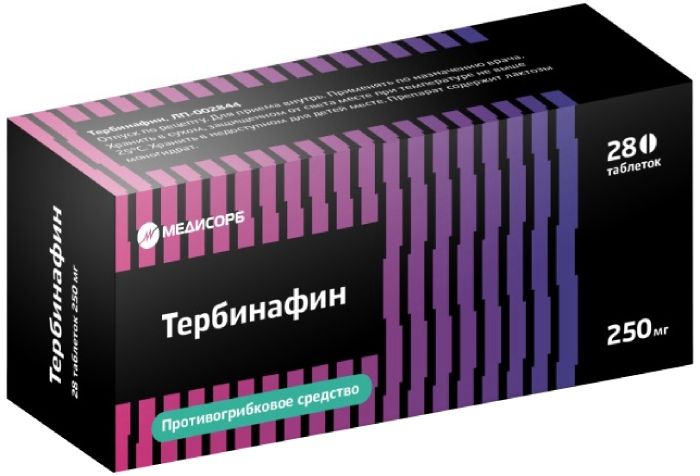
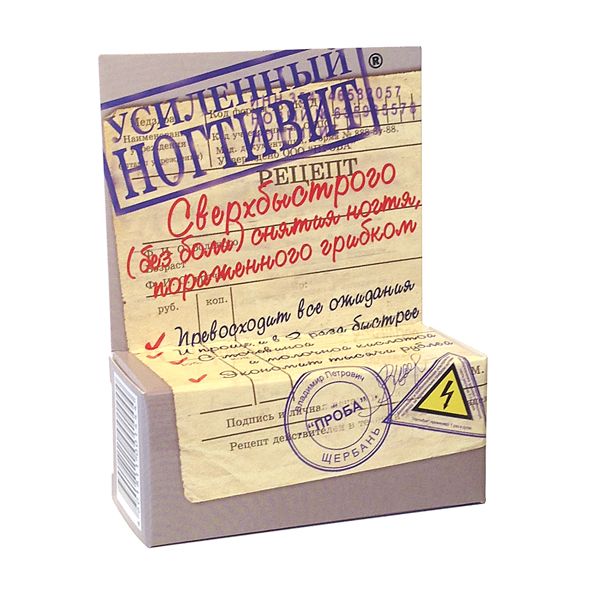
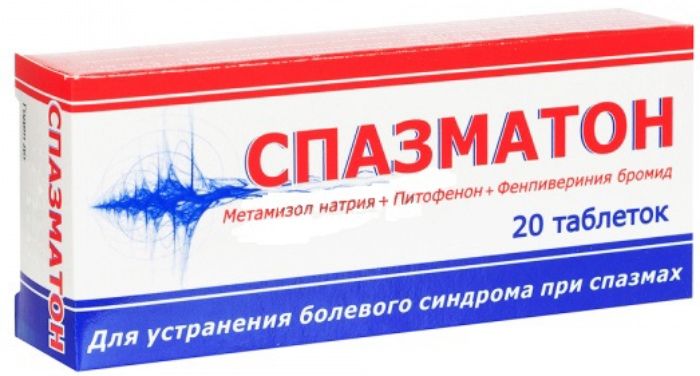
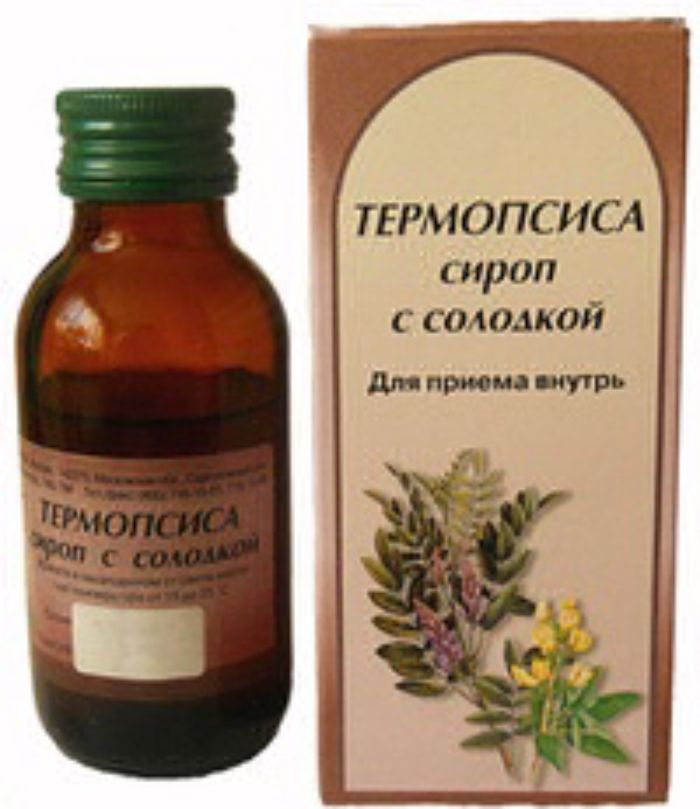
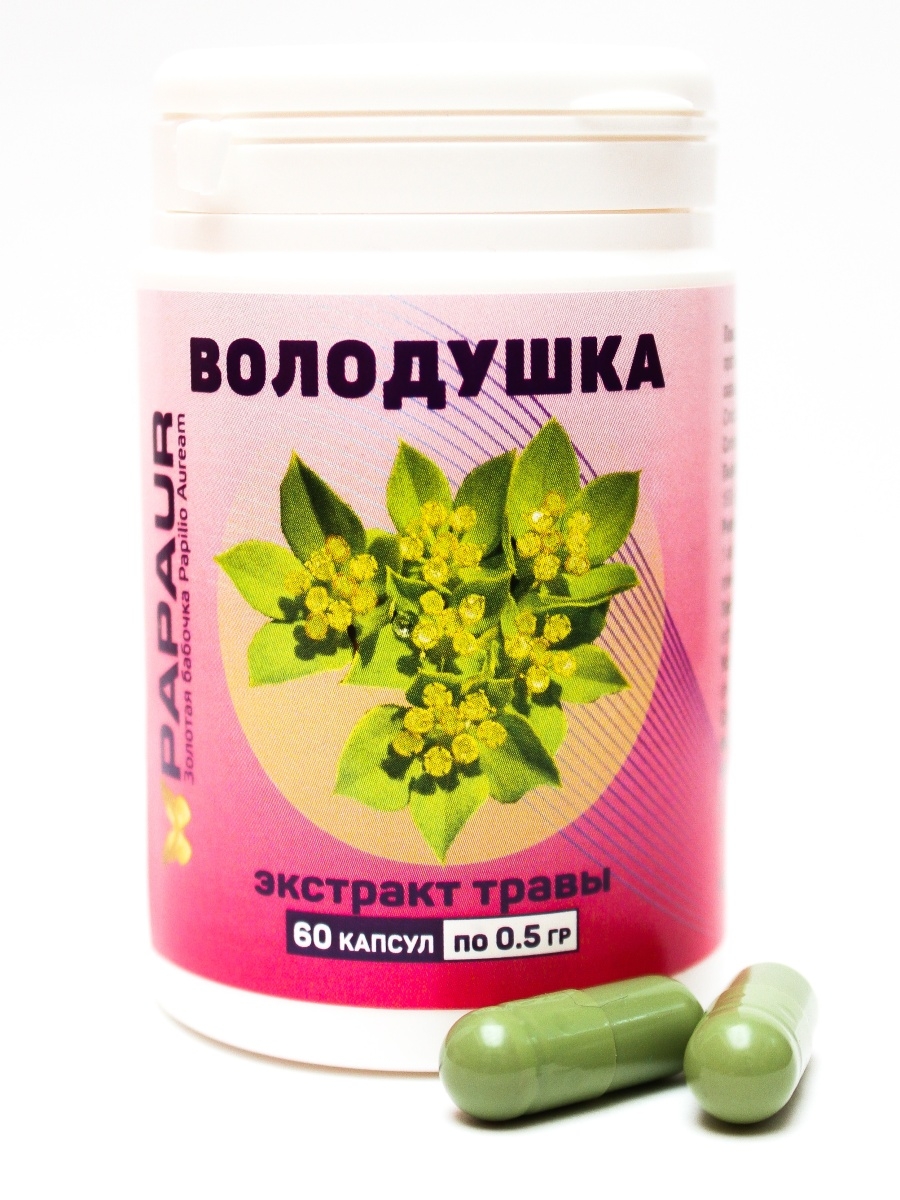
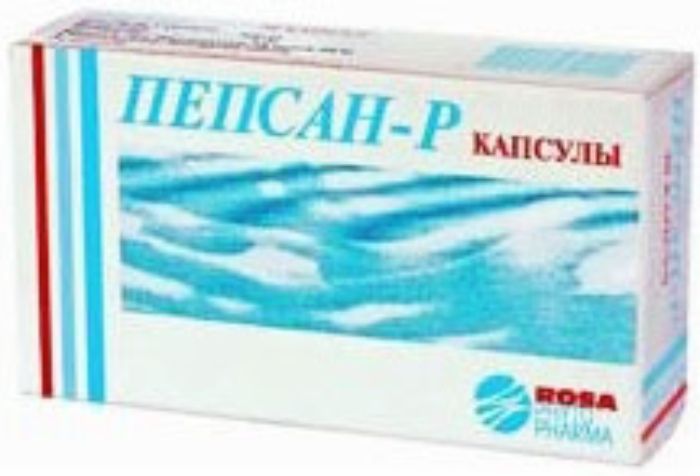


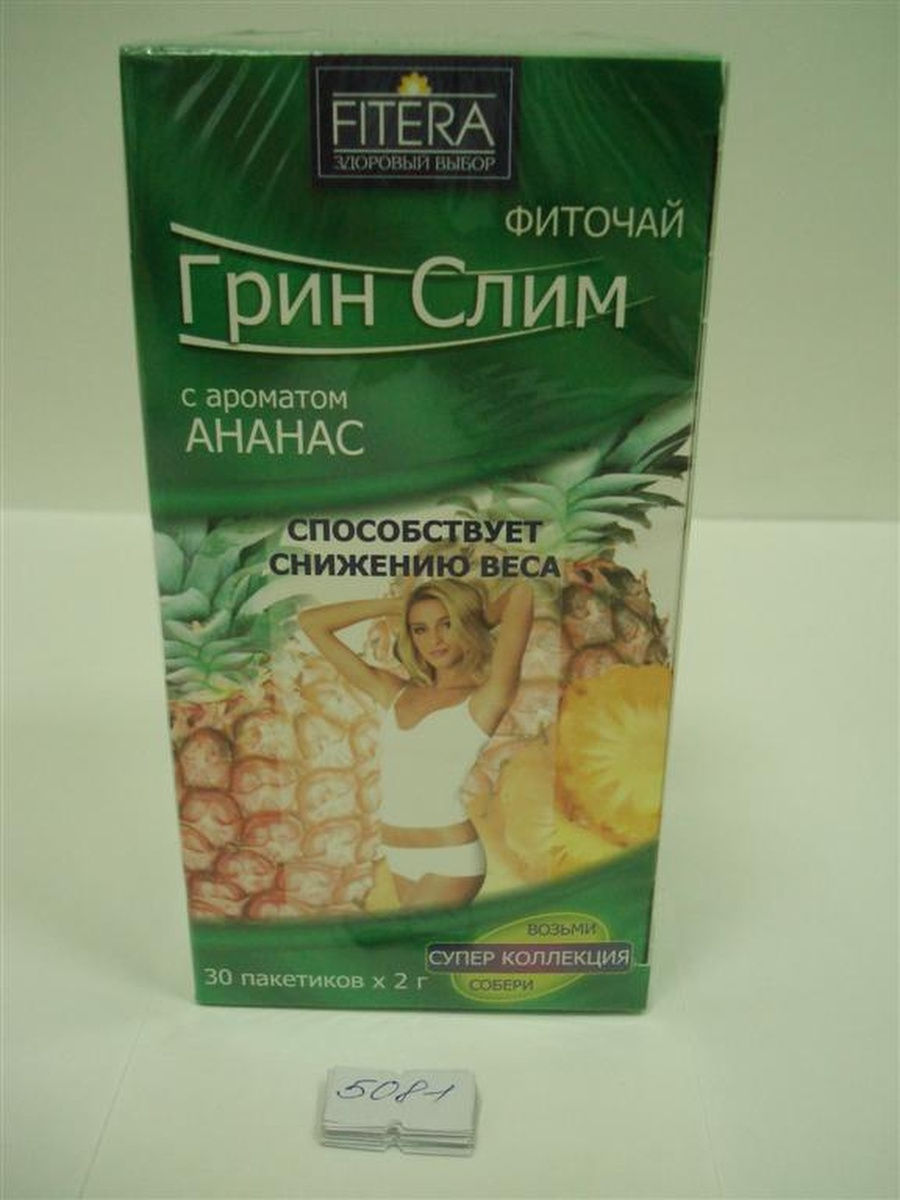



There are no reviews yet.